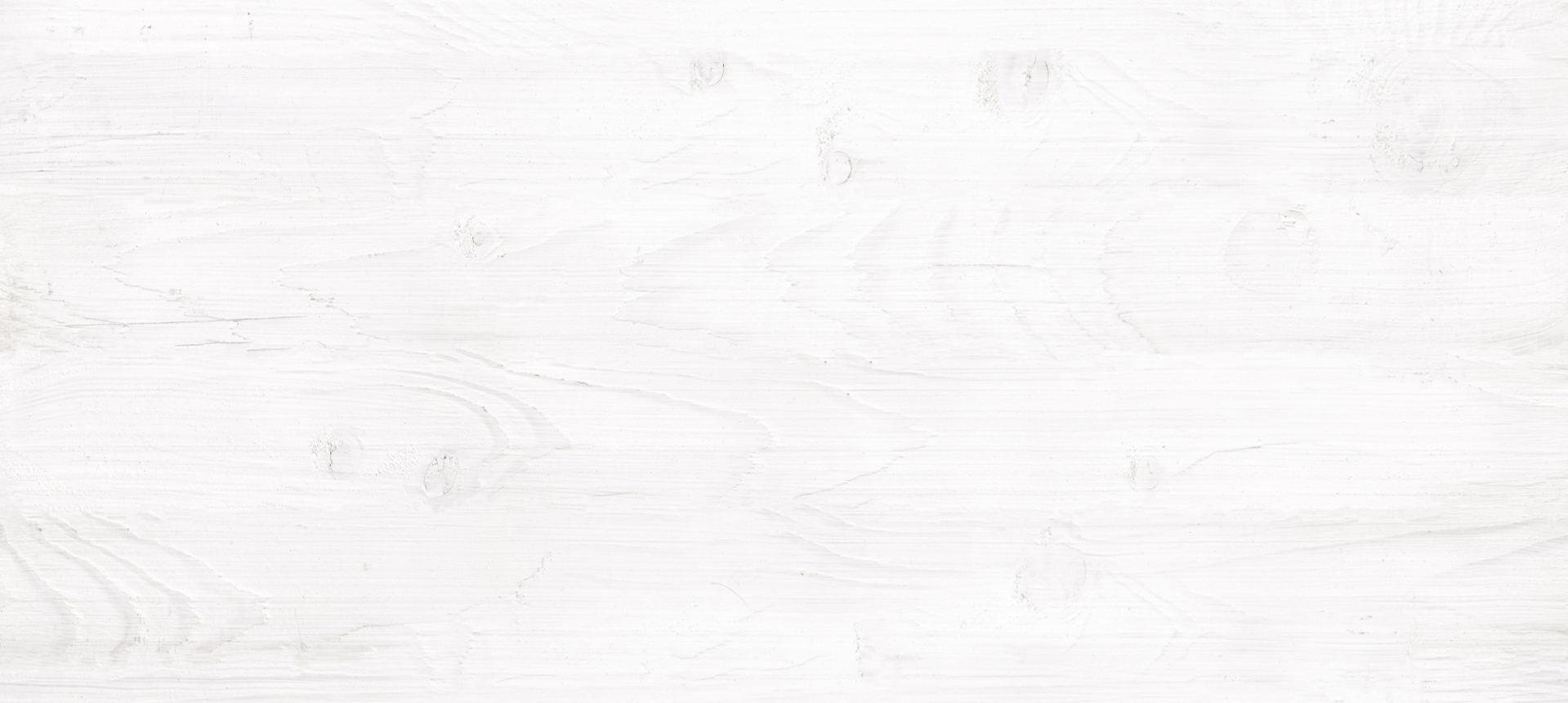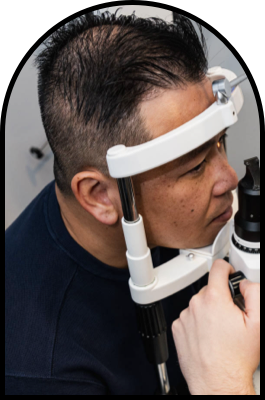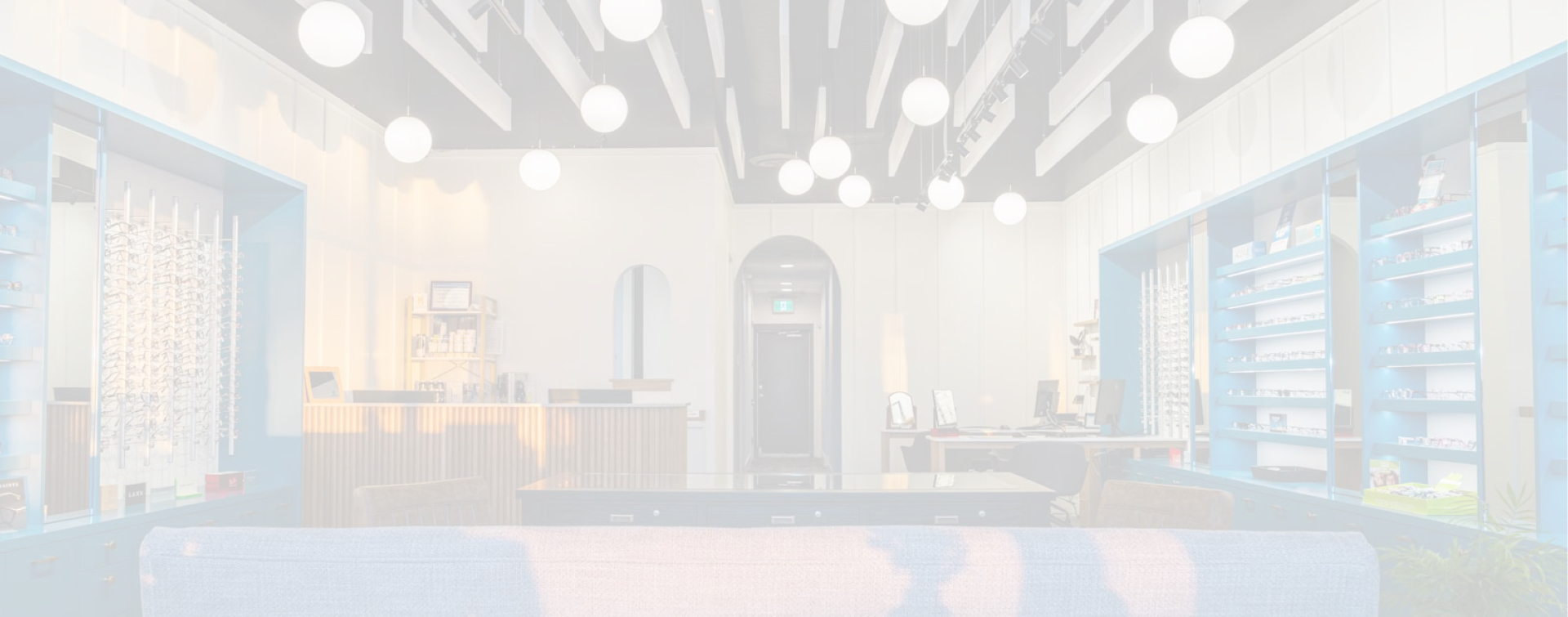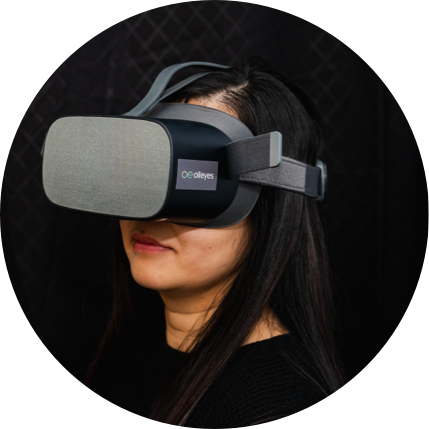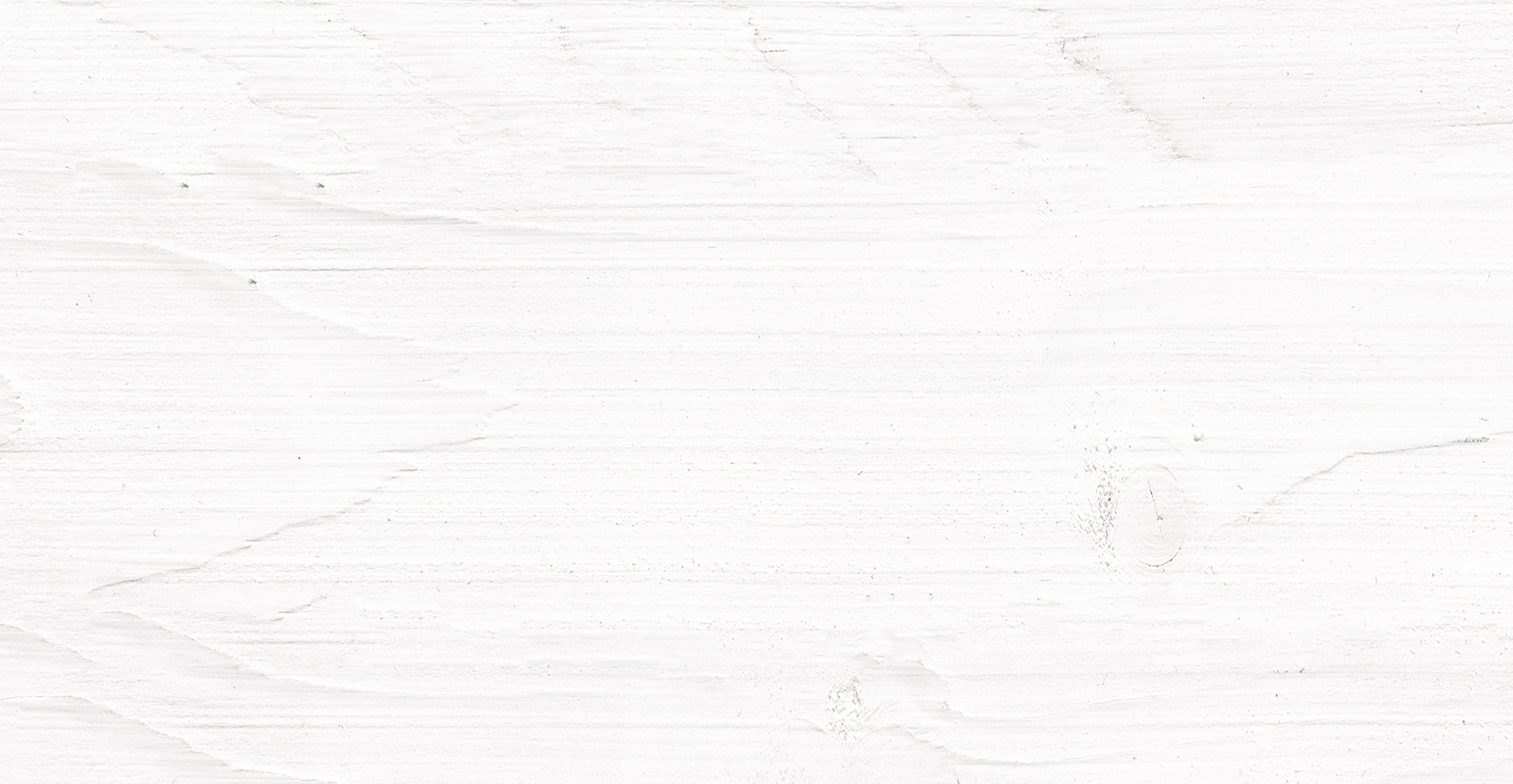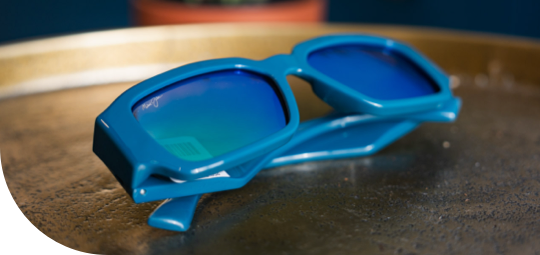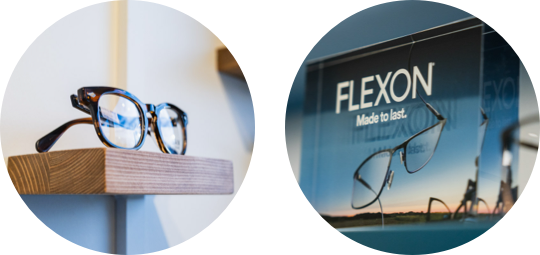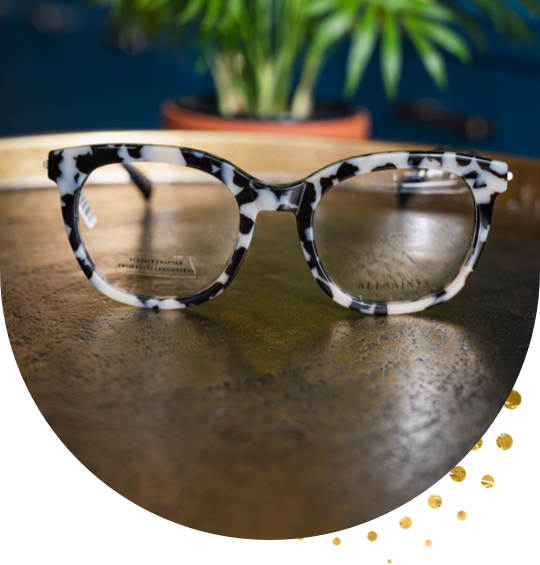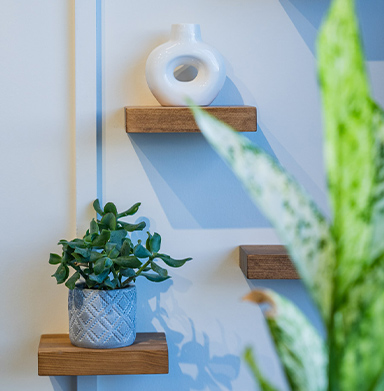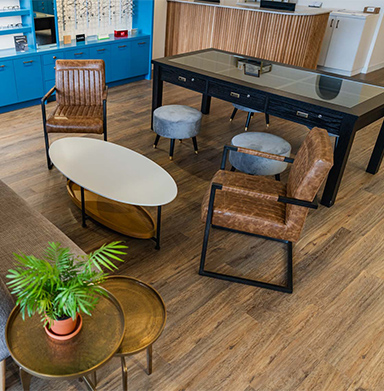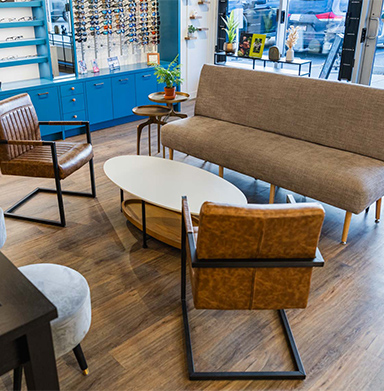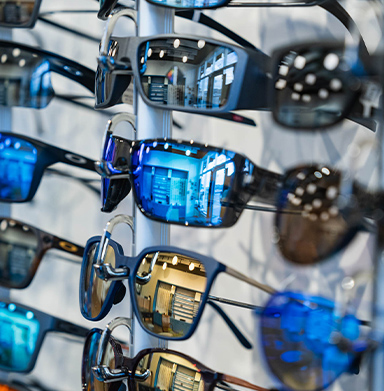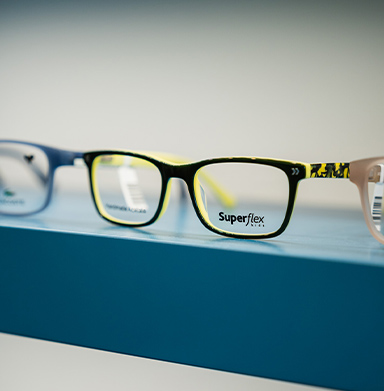Glasses are great, but sometimes you want to switch up your look and opt for contact lenses. The process is simple, and your optometrist will guide you through a comprehensive contact lens exam.
But how important is a contact lens fitting? Let’s explore some benefits of contact lenses and why the fitting process is crucial.
Contact Lenses & You
Contact lenses have seen significant advancement in technology and effectively correct most refractive errors. Refractive errors are a type of vision problem that makes it difficult to see clearly and are the most common type of vision problem.
The 4 common types of refractive errors include:
- Nearsightedness (myopia)
- Farsightedness (hyperopia)
- Astigmatism
- Presbyopia
Contact lenses are more versatile than ever and a great alternative to your usual glasses.
Before you fully dive into the world of contact lenses, you’ll need a comprehensive exam, and your optometrist will determine the best type of lenses for you.
Some reasons to consider contact lenses include:
- Contact lenses move with your eye and allow a natural field of view.
- They do not fog up or get splattered with dirt or rain like glasses.
- Contact lenses are better for sports and other physical activities.
- They can offer a significant boost in confidence and provide an alternative look.
When considering contact lenses–it’s essential to explore the different types of lenses out there.
Scleral Contact Lenses
Scleral contacts are large-diameter gas-permeable contact lenses designed to cover the entire corneal surface and rest of the sclera.
Some things to note about scleral contacts:
- Scleral contacts are noticeably larger than standard gas permeable contacts.
- The smallest scleral contacts are about 14.5 mm in diameter, and the largest can be up to 24mm.
- In comparison, regular gas permeable contact lenses are 9.0 to 9.5 mm in diameter.
- Smaller scleral and mini-scleral contacts can be easier to apply and less costly.
Scleral contacts are an excellent option for people who deal with irregular cornea issues and dry eye disease.
Daily Disposable Contact Lenses
Many daily disposable contacts are soft contact lenses which you can throw away after using for a short time. This type of contact lens is a convenient option for people who don’t want to clean their contacts daily and prefer to get rid of them by the end of the day.
Daily disposable lenses are a good option to keep your glasses and switch between the two.
Daily disposable contacts are not made to last as long as hard or gas-permeable lenses.
Bifocal Contact Lenses
Bifocal lenses are used to correct-age related concerns with your vision.
Some of these concerns include:
- Astigmatism
- Myopia (nearsightedness)
- Hyperopia (farsightedness)
- Presbyopia
Bifocal contacts allow you to focus on objects close to your eyes and far away. They correct both distance and near vision simultaneously.
Bifocal contact lenses work to integrate your prescriptions.
The Fitting Process
Once your optometrist has confirmed your contact lens prescription, the fitting process is vital to find the perfect pair of lenses for your eye shape. Using contact lenses that don’t fit well can be dangerous—it’s crucial to take the time to test and confirm your fit to avoid possible issues.
When the best possible fit is determined, you’ll be able to take home your trial contact lenses and take the time to adjust and test them. Because the ideal fit is essential, you’ll be checking in frequently with your optometrist to prevent any issues or discomfort.
The fitting process also allows you to go over the care and maintenance aspects of contact lenses.
Proper Maintenance
Contact lenses are a great option and can be very convenient when you want more freedom from your glasses, but it’s essential to practice proper maintenance.
Some general tips to follow when considering contact lens safety:
- Avoid sleeping in your contact lenses unless your lenses are designed to be slept in.
- Wash your hands with soap and warm water and dry them with a clean towel before handling your lenses.
- Keep your contact lenses away from water as water can introduce germs into your eyes.
- Properly clean your lenses by rinsing and rubbing them with a disinfecting solution every time you remove them.
- Carry a backup pair of glasses with an updated prescription if you have to remove your lenses.
- Remove your contact lenses and call your optometrist immediately if you have eye pain, discomfort, redness, or blurred vision.
Contact lenses are customizable and can fit a variety of situations depending on your needs.
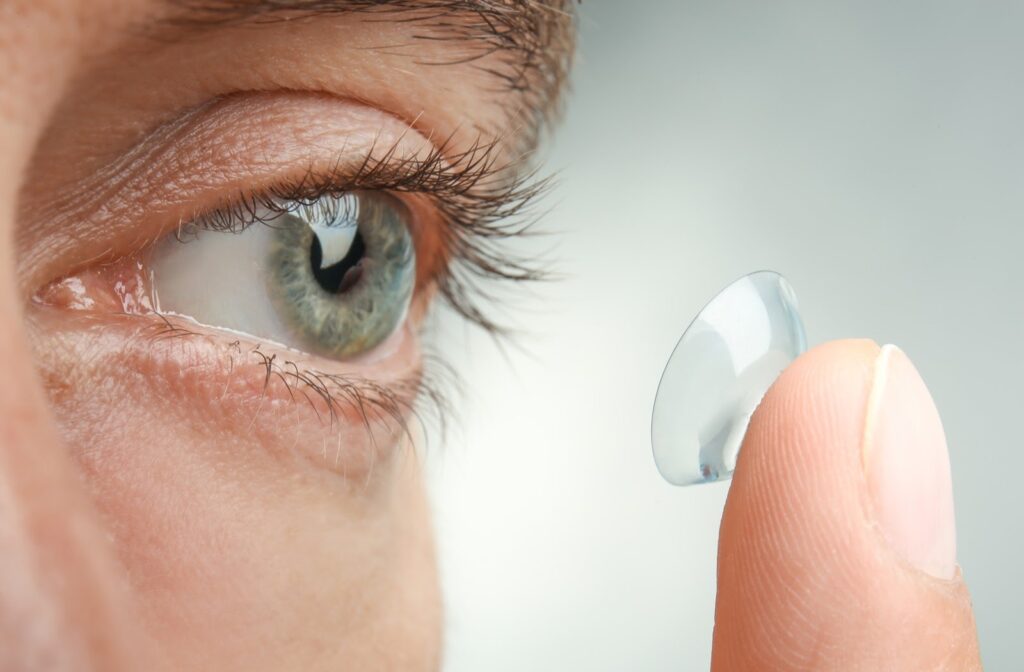
Securing The Right Fit
Contact lens technology has come a long way, and the process has been streamlined to be more convenient than ever. The fitting process is crucial to ensure your comfort and safety when getting your new pair of contact lenses.
Book an appointment with your optometrist to learn more about contact lenses and get your prescription contacts today.



